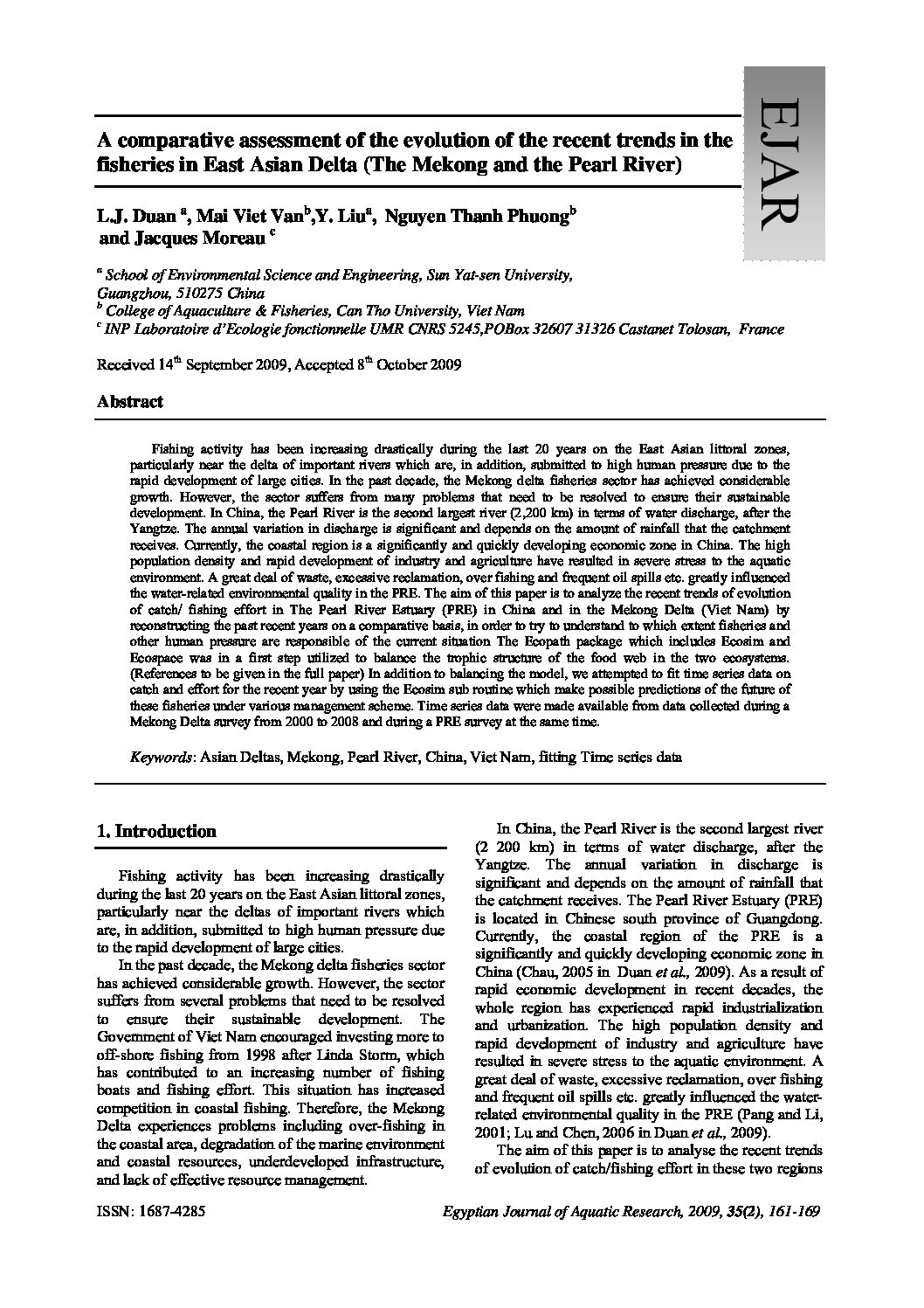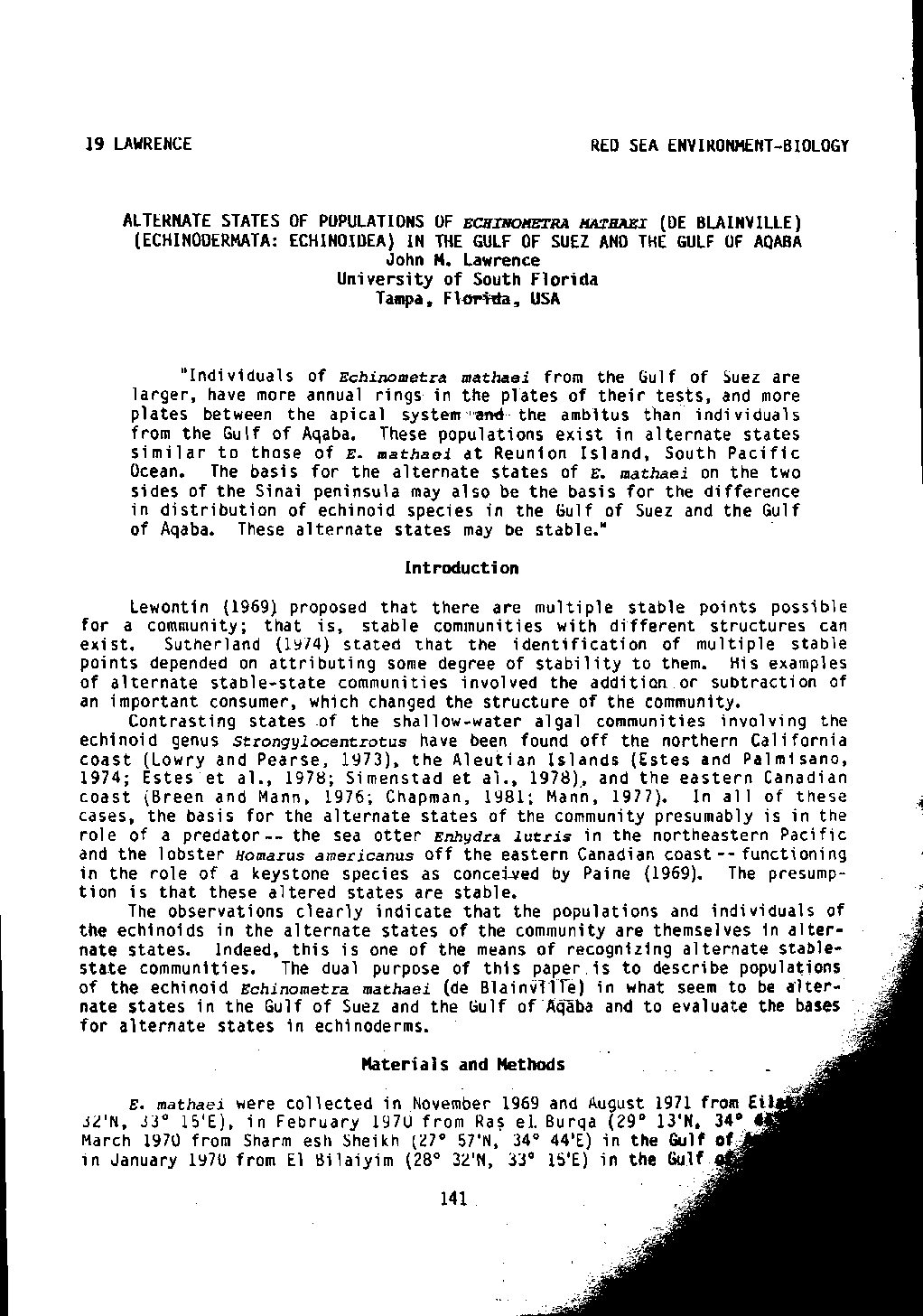Categories
vol-35Some histological and ultra structural aspects of oogenesis in
Rhabdosargus haffara (teleostei: sparidae) from Arabian Gulf;
off Dammam (K.S.A.)
Heyam Abdullah Al Abdulhady
Faculty of Science, Dammam,Girls College, King Faisal University, K. S. A.
Received 18th October 2009, Accepted 15th November 2009
Abstract
Oogenesis was characterized histologically and ultrastructurally as well as stages of oocyte growth in the ovary of
R. S during the spawning period. In the perinucleolar (previtellogenic) stage, a simple layer of flattened granulosa cells
possess free ribosomes, RER together with multivesicular bodies. The cytoplasm contains plenty of free ribosomes and
dense electron bodies. In the yolk vesicle stage, the vitelline envelope was observed as a single electron dense mesh
pattern layer, becoming thicker during the vitellogenic stage. In early vitellogenic stage, the granulosa cells were noticed
organelle rich, with elongated mitochondria, free ribosomes, dilated RER and Golgi system. The thecal cells show
ultrastructural steroidogenic features including mitochondria with tubular cristae, abundant globular SER and transported
vesicles. Remarkable ultrastructural changes were mentioned in vitellogenic oocyte including remarkable increase in
endoplasmic reticulum proliferation of mitochondria, protrusion of the microvilli from oocyte and granulosa cells into
pore canals of the vitelline membrane. The microvilli are withdrawn by the end of yolk deposition in the fully grown
oocytes. After ovulation the granulosa cells dissociate proliferate and invade the empty follicle forming temporary
structure.
Keywords: Histology, ultrastructure, oocytes, oogenesis







